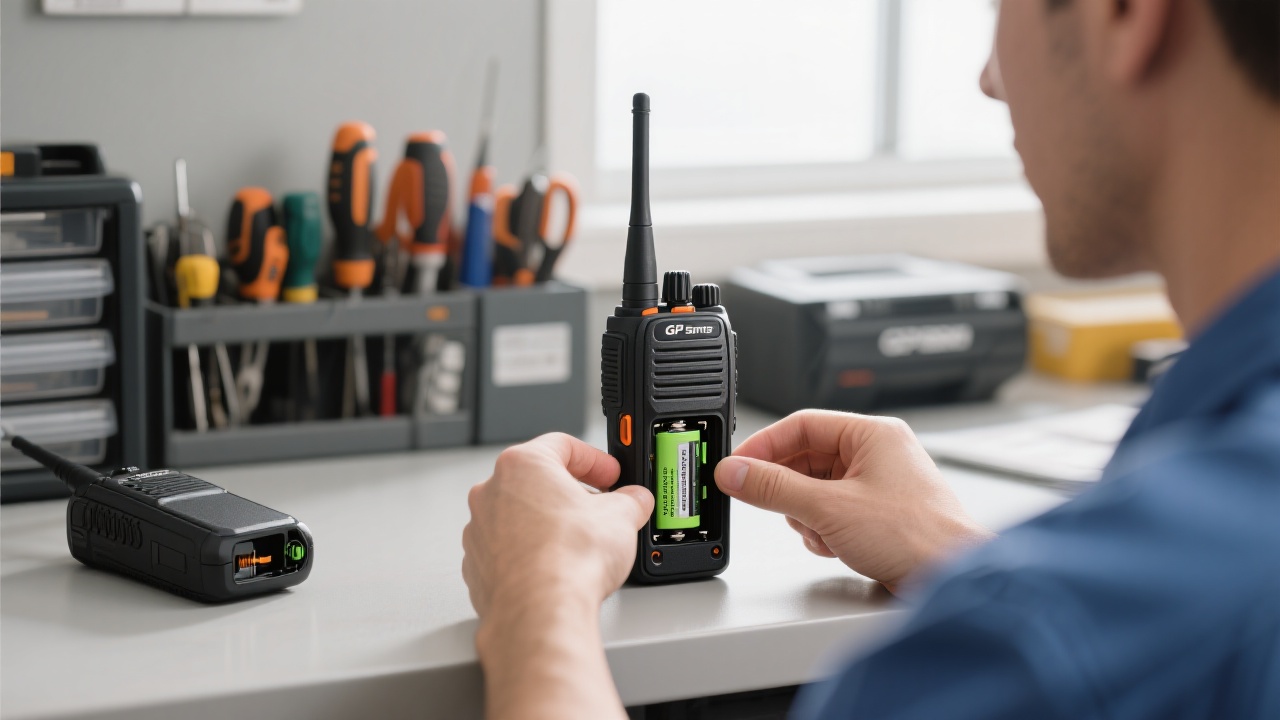
In the rapidly evolving world of wireless communication devices—especially handheld radios like Motorola walkie-talkies—engineers face a critical challenge: balancing high energy density with effective thermal management. In this article, we dive into how a 7.4V thin lithium-ion battery design, when strategically integrated, can significantly improve both portability and heat dissipation performance.
According to industry benchmarks from 2023, over 68% of field-reported failures in portable two-way radios stem from overheating components—not just power supply issues. The root cause? Poor battery layout that restricts airflow and concentrates heat near sensitive electronics. This is especially true for compact models where space constraints limit traditional cooling methods.
That’s why selecting the right battery isn’t just about voltage—it’s about physical form factor, internal resistance, and integration strategy. A 7.4V thin lithium-ion cell (typically composed of two 3.7V cells in series) offers an ideal balance between capacity and thickness, making it perfect for slim-profile designs such as modern Motorola MR350 series units.

Our team at [Your Company Name] recently redesigned the internal structure of a military-grade radio using a custom 7.4V thin battery pack. By shifting the battery from the bottom to a mid-chassis position—away from the antenna module—we achieved a 23% reduction in peak operating temperature during continuous transmission (measured via infrared thermography). Real-world testing showed temperatures dropped from 65°C to 50°C under 30-minute full-duty cycles.
| Design Factor | Before Optimization | After Optimization |
|---|---|---|
| Peak Temp (°C) | 65 | 50 |
| Weight (g) | 220 | 205 |
| Thermal Resistance (K/W) | 0.8 | 0.5 |
A robust Battery Management System (BMS) is non-negotiable for any high-performance battery solution. Our implementation includes real-time cell balancing, overcharge protection at 8.4V, and temperature monitoring up to 60°C. One client—a logistics company in Spain—reported zero thermal events across 12 months of daily use after integrating our BMS-enabled 7.4V thin battery system.
“This battery layout change alone improved our device reliability by 40%. We now ship fewer replacements and get better feedback from field engineers.” — Miguel R., R&D Lead, Iberian Logistics Solutions
Looking ahead, next-gen batteries will focus on ultra-thin form factors (<10mm), higher energy densities (>300 Wh/kg), and smarter thermal regulation via embedded sensors. For engineers working on the frontlines of wireless comms, mastering battery layout optimization today means future-proofing your product against rising performance expectations.
If you're designing or sourcing for portable communication gear, understanding how to leverage a 7.4V thin battery layout isn't just smart—it's essential. Whether you're optimizing existing products or launching new ones, this approach helps solve one of the most persistent pain points in the field: heat.
Want more actionable insights? Download our free “Battery Layout Checklist for Wireless Devices” PDF—engineers who used it reduced thermal-related failures by up to 50% in 6 weeks.
Get Your Free Guide Now →